In the summer of 1977, deep in the wild granite of the Karakoram, a small British team set their sights on Baintha Brakk, The Ogre (7,285 meters). Remote. Technical. Unforgiving.
But the real story wasn’t the summit.
It was the descent.
Chris Bonington, Doug Scott, Mo Anthoine, Clive Rowland, Nick Estcourt, and Tut Braithwaite came for a clean, bold alpine-style climb. No siege. No high-altitude porters. No fixed camps. Just light packs, fast movement, and total commitment.
The plan was simple, to split into smaller teams, chase different routes, and trust each other to move as the mountain allowed. Doug Scott and Tut Braithwaite chose a direct route up a magnificent rock prow. Chris Bonington, Mo Anthoine, Clive Rowland, and Nick Estcourt opted for a more meandering spur to the left. Charlie Clarke, the team’s doctor, had to withdraw before the expedition, and Dougal Haston who was originally part of the team died in a skiing accident shortly before departure.
Rockfall struck early. Tut was hit in the leg and forced to retreat while Nick’s throat was getting steadily worse, so he remained at Base Camp. Then Doug abandoned his original line to join Bonington’s push.
Nine days of brutal climbing followed. They fixed ropes through ice fields, carried loads through rock bands, and pitched out a high camp in the flanks of the mountain. The Ogre threw everything at them thin air, violent storms, and endless, unforgiving granite.
By July 13, Bonington and Scott made their summit bid. It was a late push. They fought their way up steep, technical pitches, sometimes inching forward on verglas-slicked rock, sometimes kicking steps across precarious snow slopes. As the sun dipped behind the distant summits of K2 and Nanga Parbat, they finally topped out.
For a moment, they stood on the summit of the never climbed, one of the most difficult peaks in the world.
But almost immediately, the descent went wrong.
Just meters below the summit, Doug slipped on glazed ice and slammed into the rock face. The rope held. His legs did not. Both were broken. Bonington reached him fast.
They were alone, nearly 24,000 feet above sea level, with no shelter, food and no easy way down.
Bonington dragged Doug to a small ledge. They survived the freezing night by pressing Doug’s bare feet into Bonington’s armpits and groin, massaging them through the night to avoid frostbite. Sleep was impossible. The cold was constant. Every hour was a fight.
The next morning, they began their hard fought descent.
Bonington hacked steps in the snow, built desperate anchors, and slowly lowered Doug, who crawled on his knees, inch by inch, across the steep upper slopes. Storms rolled in. Visibility lowered. They faced loose rock, hidden crevasses, and avalanche-prone ice fields. Doug hauled himself along fixed lines, using jümar clamps to move his shattered body down the mountain.
Days into the descent, a glimmer of hope appeared. Mo Anthoine and Clive Rowland, who had been waiting lower on the mountain, saw movement on the face. They climbed up to meet them, with a surge of life-saving support.
Together, they reached a snow cave that had been hacked into the ridge. There, pinned by a full Karakoram storm, they waited two days as winds screamed and snow buried their camp. Claustrophobic, starving, and trapped inside the ice shelter, they passed the time melting snow for water and rationing the last scraps of food. Bonington’s ribs were broken. His wrist, now swollen and useless, throbbed with every movement.
When the storm finally broke, they resumed their descent, strapping Doug into a makeshift stretcher. The route remained brutal. They rappelled from threadbare anchors, crossed collapsing seracs, and traversed steep glacial slopes. Doug’s frostbite worsened. Bonington coughed blood. Mo and Clive took turns leading rappels, navigating the route, and keeping everyone moving.
They were still days from safety.
When they finally reached base camp after almost a week, they found it abandoned. The porters had left days earlier. Supplies were gone.
Their ordeal was not over.
Mo pushed ahead to catch the porters and arrange help and Nick returned with 12 porters. Doug was lashed to a rough stretcher made of climbing gear and scraps of rope. They dragged him for days over broken ice, through moraine fields, and across narrow mountain trails.
Bonington shuffled behind, his ribs screaming with each breath, his vision dimmed by hunger and exhaustion.
At last, they staggered into Askole, the nearest village. Bonington’s body was ravaged. His beard was matted, his clothes in tatters and his frame skeletal. The helicopter that was supposed to be waiting had crashed elsewhere. Bonington was stranded in the village for six more days without medical care.
Doug Scott’s journey continued. Carried carefully by the porters across steep passes and glaciers, he was finally flown out to Skardu, then transported to Rawalpindi, where doctors confirmed both his tibias were broken just below the knee.
Later Bonington was flown directly to Islamabad and set down on a golf course near the British Embassy, a filthy, broken figure in a place of polished shoes and tidy lawns.
The Ogre had let them climb it. But it made them pay to come down.
They didn’t just reach the summit.
They survived it.
Footsteps carved in snow. Tied by trust. Anchored by friendship. Driven by something far deeper than the summit.
They descended the Ogre.
In style.


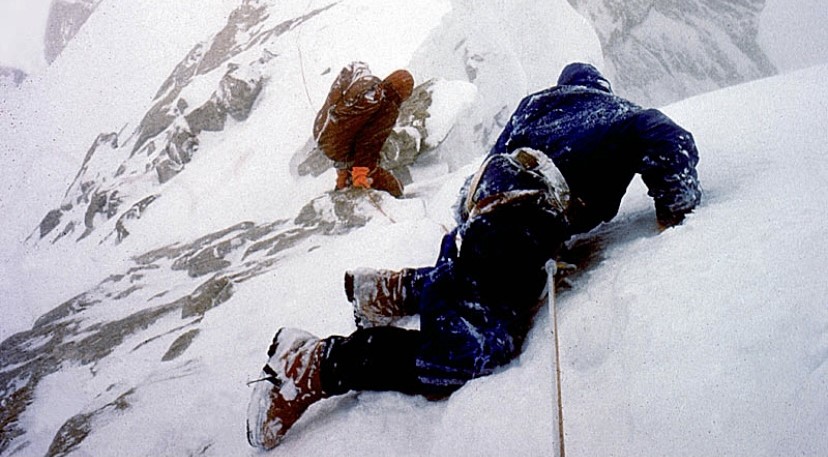
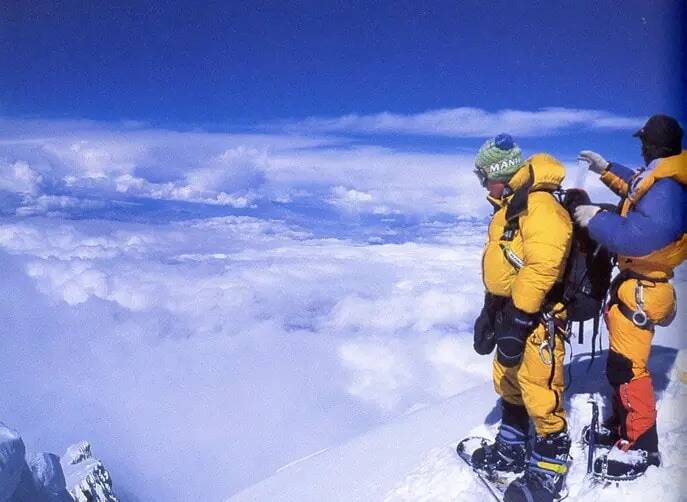
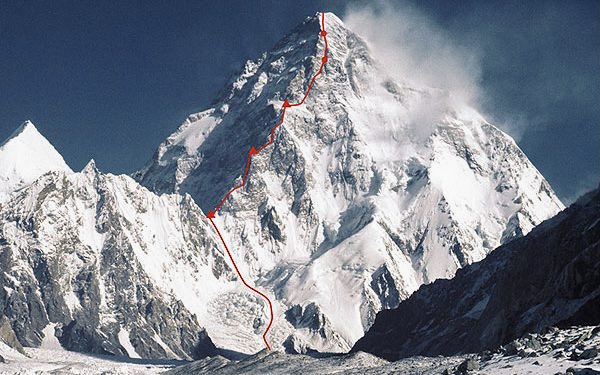
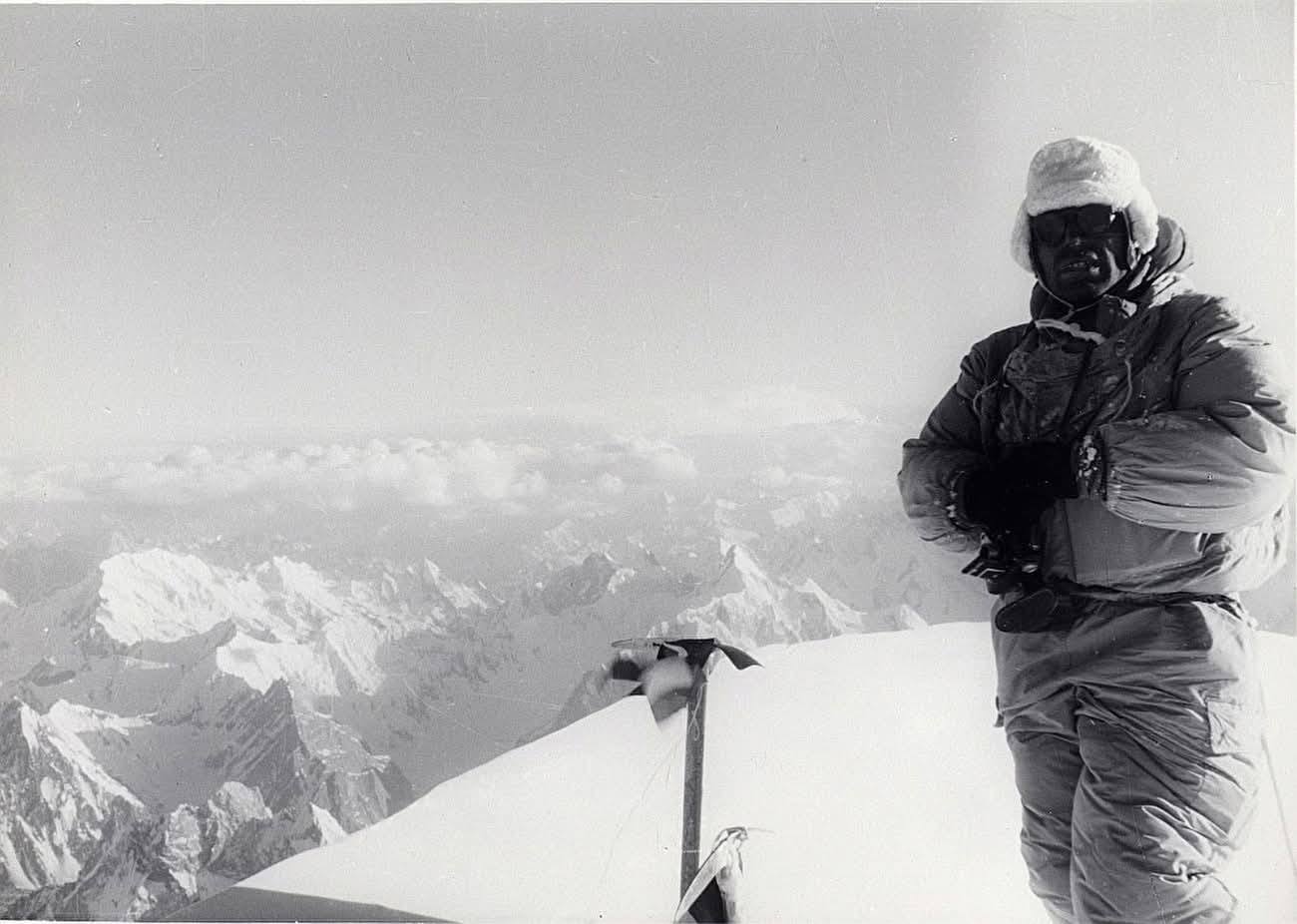
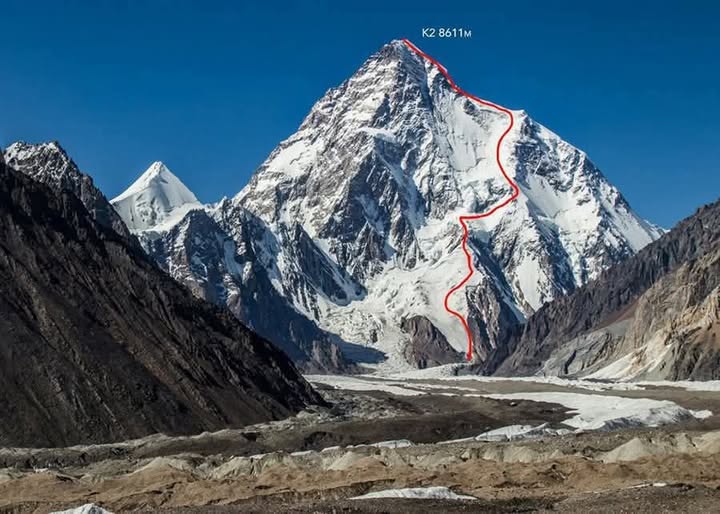
Excellent read, some of the best climbers ever.